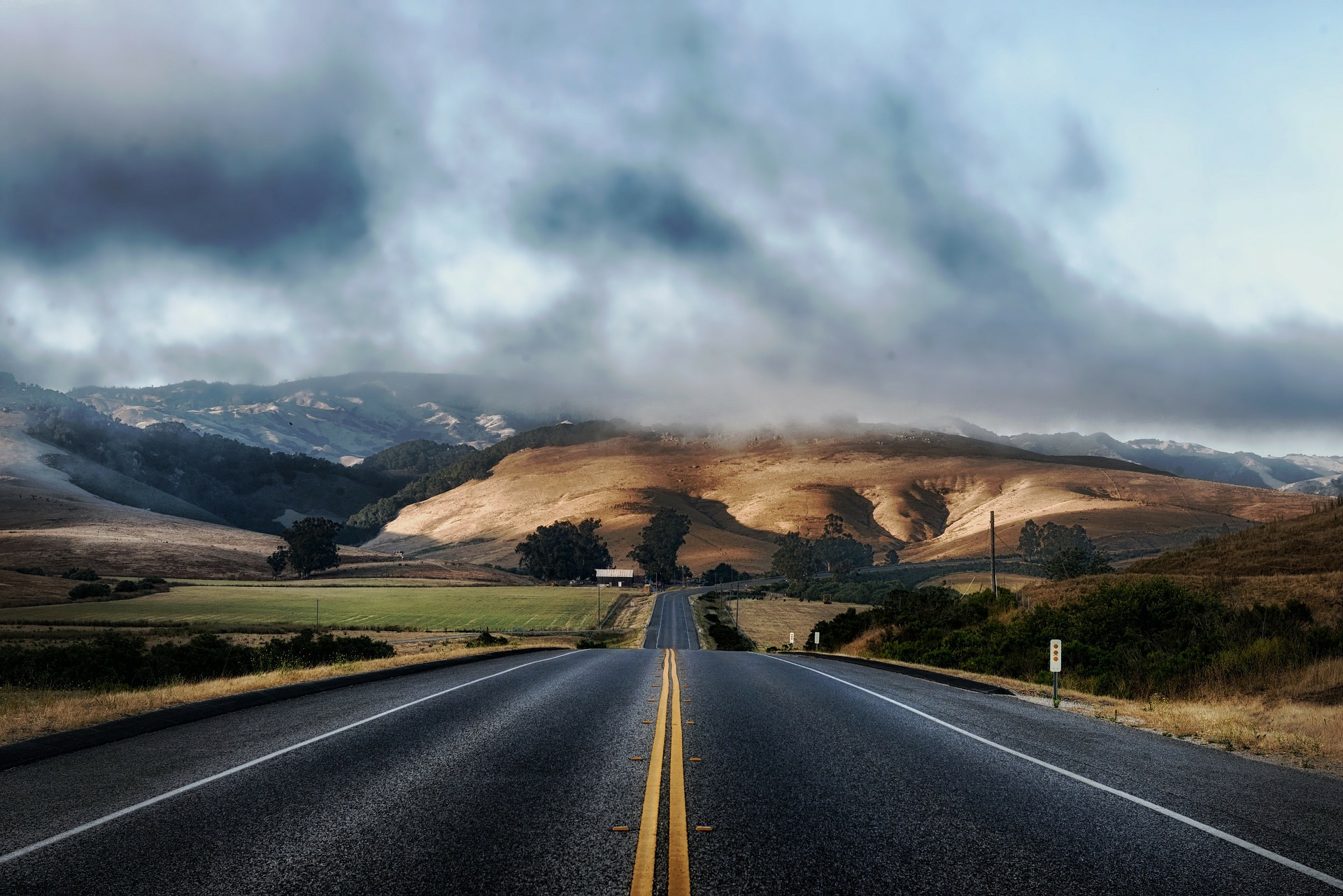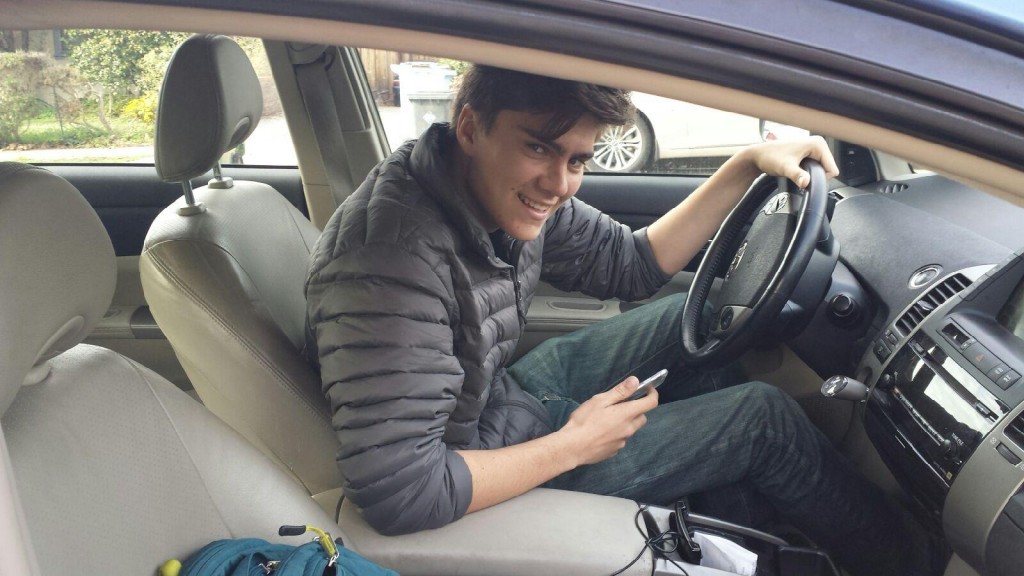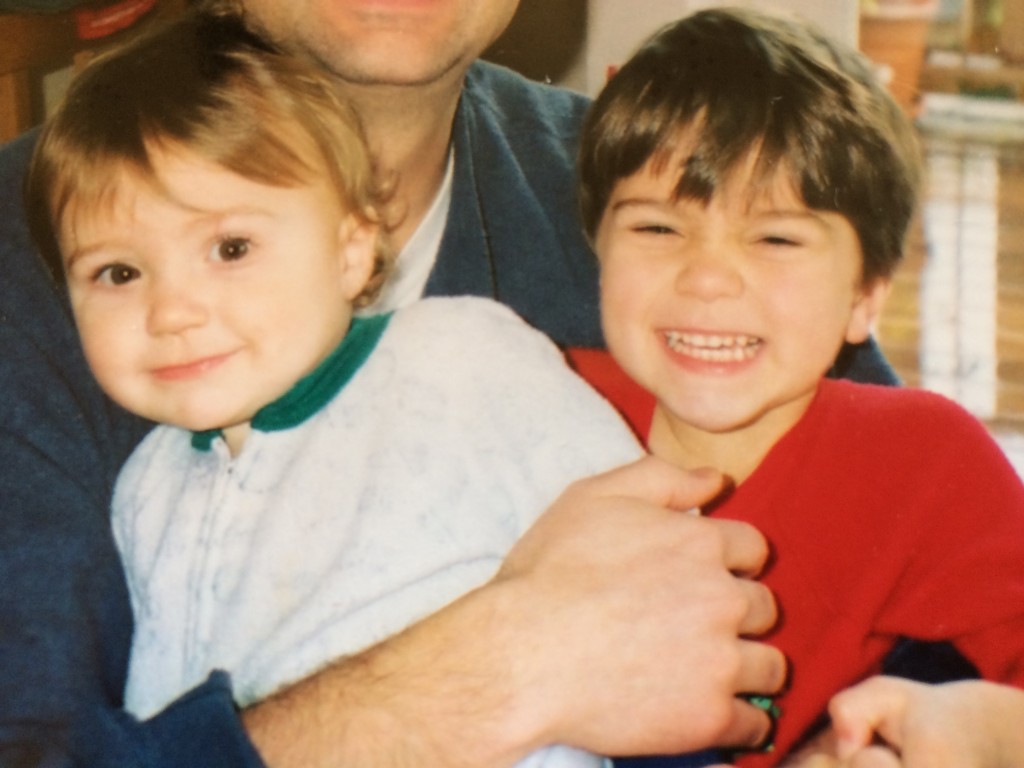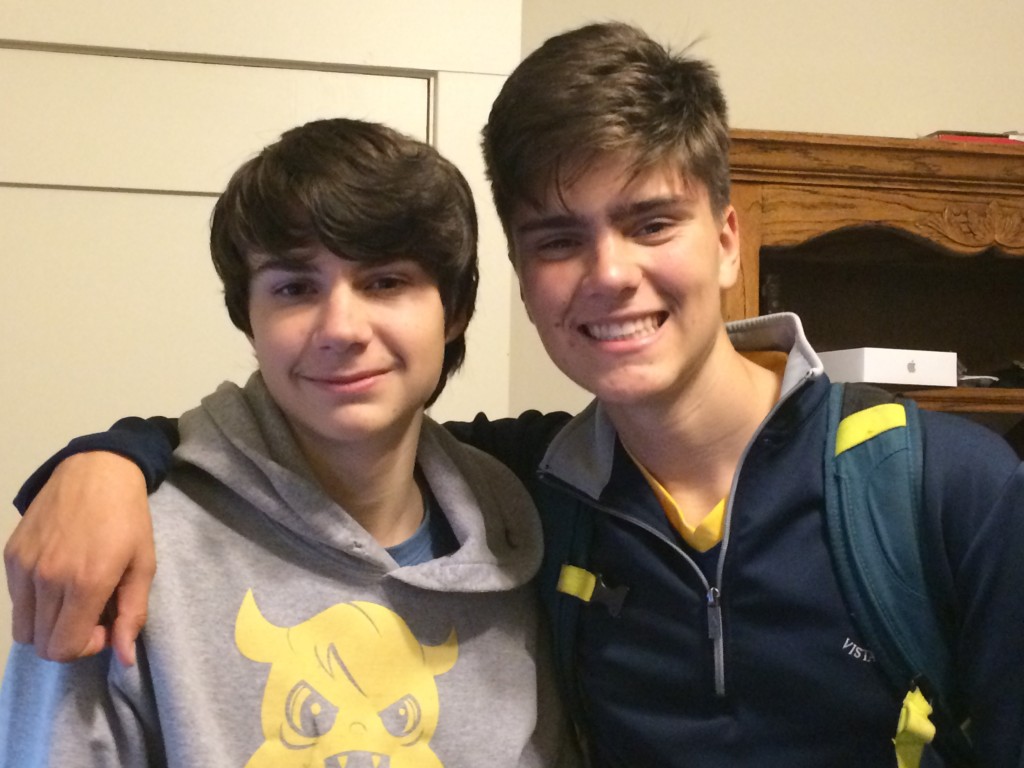 For the last few years I’ve followed an ancient practice of the church, the daily prayer of the examen. Conceived by St. Ignatius of Loyola in the 1500s, the prayer of the examen has enjoyed a popular resurgence in recent years as people search for new (or old) ways to connect with God. The examen involves prayerfully examining your day and looking for points of “consolation” and “desolation.” Consolation may be a point in the day when you felt most grateful while desolation may be the point in the day when you felt least grateful. Another way to look at it is when in the day you most felt God’s presence versus when in the day you least felt his presence. I’ve found it to be a helpful and encouraging tool as I bring before God both my thankfulness and neediness.
For the last few years I’ve followed an ancient practice of the church, the daily prayer of the examen. Conceived by St. Ignatius of Loyola in the 1500s, the prayer of the examen has enjoyed a popular resurgence in recent years as people search for new (or old) ways to connect with God. The examen involves prayerfully examining your day and looking for points of “consolation” and “desolation.” Consolation may be a point in the day when you felt most grateful while desolation may be the point in the day when you felt least grateful. Another way to look at it is when in the day you most felt God’s presence versus when in the day you least felt his presence. I’ve found it to be a helpful and encouraging tool as I bring before God both my thankfulness and neediness.
This last week since the election I’ve felt both consolation and desolation. My feelings of desolation are not surprising, and they look like classic desolation—a mixture of hopelessness and despair. I ask, how can a man who has said so many hateful, thoughtless and damaging things possibly be our next president? How could so many people look past these dangerous statements and still vote for him? Moreover, how can so many people who share my faith think so differently than me? There is no ready “fix” for desolation. I simply bring to God my heaviness of heart, my fears for the future and my grief for the present. I believe God can bear my burden (“love bears all things” Corinthians 13:8). I take comfort in the fact that Jesus himself lived in an oppressive time, contending with an all-powerful Roman government, and he understands my despair.
I don’t really want to write about desolation though. What I want to write about is consolation. Because even in times of hardship, God supplies consolation. Despite what I perceive as bad news, God finds a way to bring moments of grace and blessing. One of the blessings of this post-election season have been some of the honest, heartfelt conversation I’ve had with people. There is a genuine interest in discerning how to best shape our future. How can we get involved to stop potential injustices and support the changes we want to see? I see people online calling their representatives in congress and signing petitions. This seems to be a first step to what could be a larger movement of activism. I’ve never been a particularly political person, but I feel hopeful, maybe even energized, as I consider how I can get involved.
What will God do with all this? What I do know is that God works at a very personal level to encourage us on whatever path we are on. Recently at work a woman named Judy joined our staff. She sits next to me and about a month ago we began to eat lunch together. At first glance, I thought Judy and I had little in common. She is twenty years older and single, with no kids. With the election season at hand, however, Judy and I discovered we shared similar views and it was a great “consolation” to process the news of the day with her. Several nights, when I prayed the examen, I thanked God for the consolation of my new friend Judy and our conversations.
In a more dramatic way, God consoles through healing. One of the harder conversations I had after the election was with a family member on the other side of the fence. It would have been easy to dispatch quickly with the election results in our conversation, but I made a point to tell him how truly sad and disappointed I was. He said he was sorry about this and asked me why I was so disappointed. We proceeded to have a calm, honest conversation about the election. We ended by both saying we loved one another. We can’t heal all the divisions everywhere, but it’s a start to face the ones right in front of you.
I’d be dishonest to say that my consolations don’t sometimes get overwhelmed by my desolations. It’s easy to feel like any small efforts (like calling a congressperson) or even bigger efforts (like volunteering for an immigrants support group) won’t amount to much when compared with the juggernaut of power our president and his advisers will command. I wish I could say I had an answer to deal with this type of discouragement. Simple platitudes and Bible verses don’t always help much. I can only say that I must be a person of integrity and do whatever small or large thing is asked of me. In the meantime, I’ll keep praying the prayer of the examen nightly. In this crazy and tumultuous time I need more space for reflection and quiet than ever. And every day, I commit to seeing God’s consolation.








